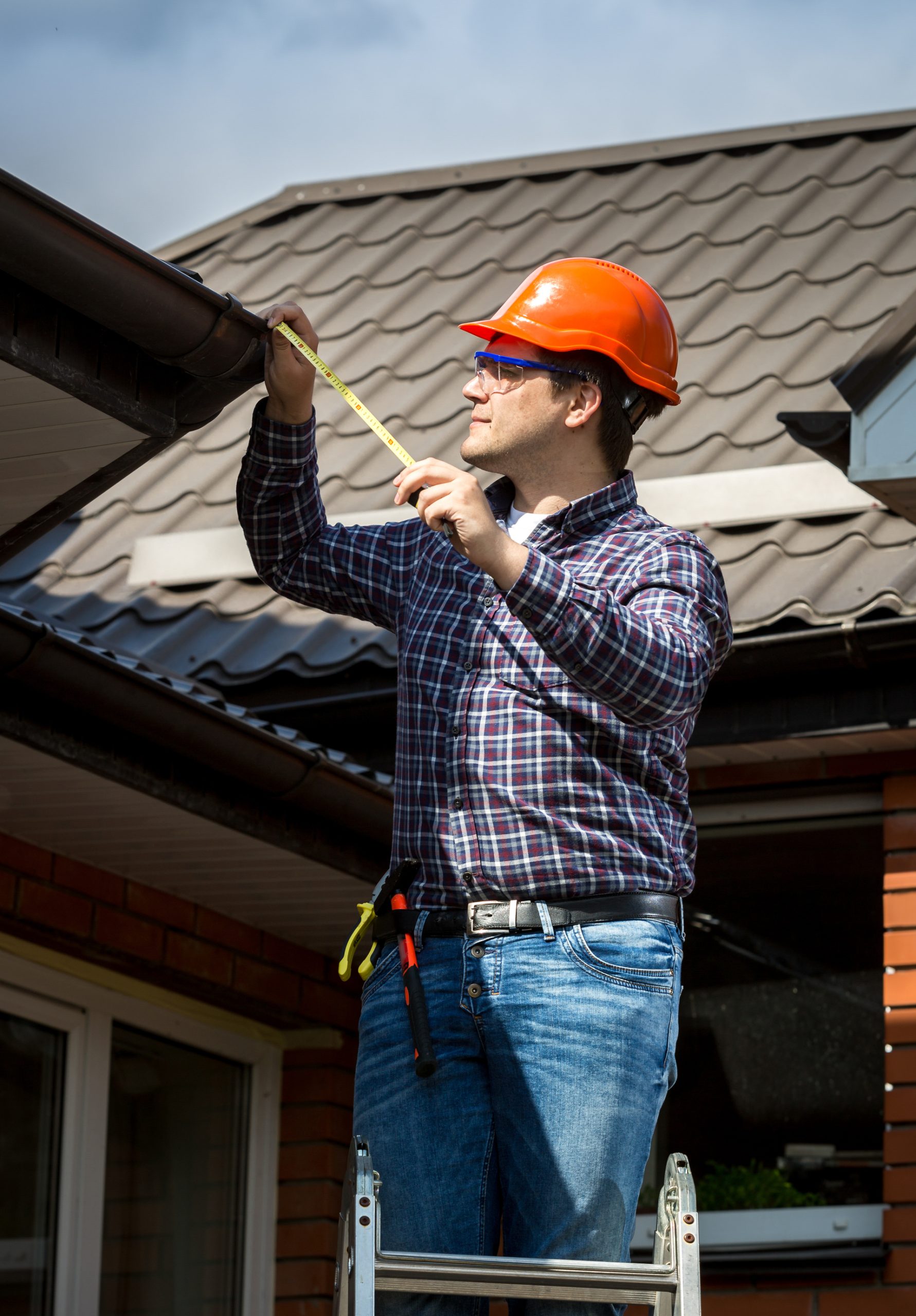Buying a home is one of life’s most exciting milestones—but it’s also one of the most complex. For many LGBTQ homebuyers, finding a space that feels safe, affirming, and truly “home” is just as important as ensuring the property is in great condition. That’s where a home inspection comes in. Whether it’s your first home or your fifth, understanding what inspectors look for can empower you to make informed decisions and protect your investment.
The Importance of a Home Inspection
A home inspection is an unbiased evaluation of a property’s physical structure and systems. It helps reveal any hidden issues—structural, electrical, plumbing, or otherwise—that could affect the home’s value or safety. For LGBTQ buyers, who may already face challenges in the housing market, knowledge is power. Having a clear picture of the home’s condition ensures you’re not taken advantage of and that you’re investing in a property that supports your goals for long-term stability and comfort.
What Inspectors Look For
A professional home inspector will conduct a thorough review of the property, typically lasting two to four hours depending on its size and condition. Here’s what they examine most closely:
1. Structural Integrity
Inspectors look at the foundation, walls, roof framing, and overall construction quality. Cracks in the foundation or uneven floors can indicate serious (and costly) issues. Bringing in concrete contractors can help address these structural concerns early and keep the property in solid shape.
2. Roofing and Exterior
They’ll check for damaged shingles, leaks, improper drainage, and gutter conditions. On the exterior, inspectors assess siding, paint, porches, balconies, and any detached structures like garages or sheds, where simple garage door repair may also be recommended.
3. Electrical Systems
Safety is key here. Inspectors review the electrical panel, wiring, outlets, and fixtures to ensure they meet current codes and don’t pose fire hazards.
4. Plumbing Systems
They’ll test faucets, showers, toilets, and drainage to identify leaks, water pressure issues, or aging pipes that could lead to future repairs.
5. Heating and Cooling
Your inspector will check the HVAC systems for efficiency, cleanliness, and functionality—ensuring your new home will stay comfortable year-round.
6. Insulation and Ventilation
Energy efficiency matters. Inspectors evaluate attic and crawl space insulation, as well as ventilation systems that help prevent mold and maintain air quality.
7. Interior Features
Doors, windows, stairs, floors, and ceilings are all examined for safety and condition. Inspectors may also check for moisture issues that could lead to mold or mildew.
Going Beyond the Basics
For LGBTQ homebuyers, it’s worth considering additional inspections or conversations around neighborhood inclusivity and safety. While these aspects aren’t part of a formal home inspection, they are vital to your overall sense of belonging and peace of mind. Research the community, talk to neighbors, and connect with LGBTQ real estate professionals who can guide you toward affirming areas.
Using the Inspection Report to Your Advantage
Once the inspection is complete, you’ll receive a detailed report outlining any issues found. Don’t panic if the list seems long—every home has imperfections. Use this information to negotiate repairs or credits with the seller, or, if major problems arise, decide if walking away is the best option.
Having a trusted real estate agent who understands your needs—especially one from the LGBTQ community—can make this process smoother and more empowering. They can help you interpret inspection findings and advocate for your best interests every step of the way.
Buying a home isn’t just about owning property—it’s about creating a safe, affirming space to live authentically. By understanding what home inspectors look for, LGBTQ homebuyers can make confident, informed decisions that align with both their financial and emotional well-being.
For more homebuying tips and LGBTQ-friendly real estate resources, visit GayRealEstate.com—your trusted partner in finding a home and community where you truly belong.



